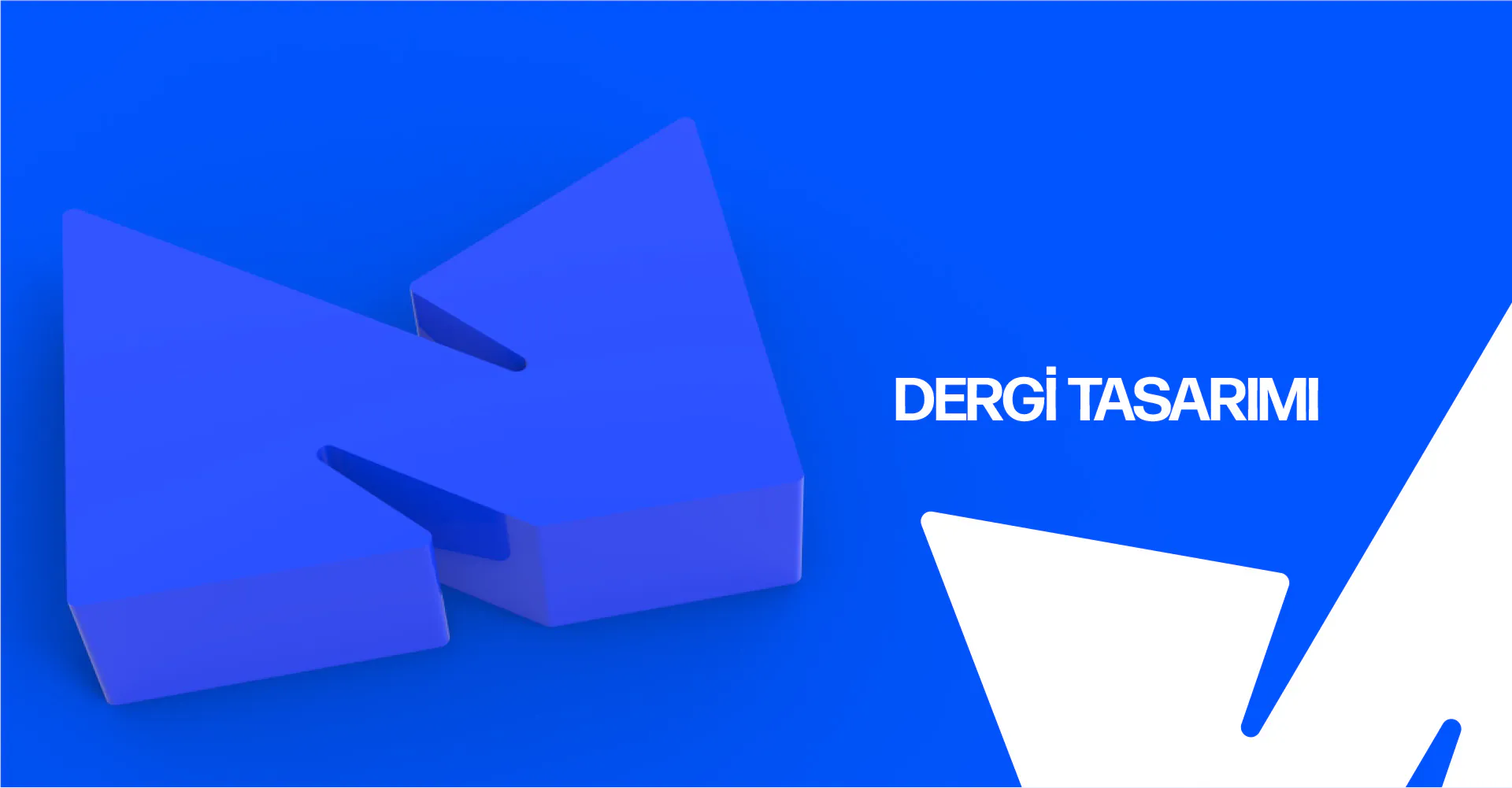Digital Magazine Design Trends

The world of digital magazine design is constantly shifting. With readers seeking more engaging and immersive experiences, designers are implementing innovative trends to captivate audiences.
One notable trend is the rise of dynamic content.
Viewers now crave interactions that go beyond static text and images. Magazines are incorporating features like video embeds, audio tracks, and interactive quizzes to create a more stimulating reading experience.
Another trend is the highlight on visual storytelling.
Magazines are using striking photography, bold graphics, and minimalist layouts to tell stories in a more effective way. Typography are also playing a crucial role in shaping the overall aesthetic and readability of digital magazines.
Small details are becoming increasingly popular, adding a layer of sophistication to the user experience.
These tiny elements can range from subtle image animations to animated progress bars, all designed to enhance the overall reading flow and create a more engaging experience.
The future of digital magazine design is bright, with continued innovation and exploration. As technology advances, we can expect even more revolutionary trends to emerge, redefining the way we consume content.
Designing Your E-Magazine Layout
An captivating e-magazine layout goes further than just displaying content. It's about creating a aesthetic journey for your readers. To attain this, consider factors like typography, white space, imagery, and overall design.
A concise hierarchy of information is vital to guide readers through your content. Use a mix of titles to break up text and emphasize key points.
- Graphics can powerfully enhance your layout, adding engagement. Don't be afraid to play around with placement and size.
- Negative space is often underestimated but plays a crucial role in readability and overall design. Use it to generate breathing room and let your content shine.
Crafting Engaging Digital Publications
In the dynamic realm of digital media, crafting compelling content is paramount. Users today crave informative and interactive experiences that captivate their attention span. To achieve this, developers must embrace innovative strategies and tools to craft publications that are not only engaging but also effective. A key element in this process is understanding your specific audience and tailoring content to their interests, needs, and preferences.
- Analyze incorporating a variety of media formats such as videos, infographics, and interactive elements to complement the written word.
- Organize content in a clear and concise manner, using headings, subheadings, and bullet points to improve readability.
- Promote your publications through multiple channels, including social media platforms, email marketing, and industry websites.
Regularly evaluate the performance of your publications and make adjustments based on user feedback and analytics to enhance their impact over time.
Crafting Compelling Stories Through E-Dergi Design
E-dergis are transforming/redefining/revolutionizing the way we consume/experience/interact with visual stories. They offer a dynamic/immersive/interactive platform for artists and storytellers/creatives/designers to engage/captivate/enthrall audiences in unprecedented ways. Through/By means of/Leveraging stunning graphics/illustrations/visuals, captivating animations, and intuitive navigation/structure/layouts, e-dergis allow for a truly enriching/thought-provoking/memorable storytelling experience.
One key aspect of this art form is the strategic/meticulous/deliberate use of visual elements to convey/communicate/express emotions, ideas, and narratives. Every image/illustration/graphic is en profesyoneli carefully chosen/selected/curated to evoke a specific feeling/reaction/response in the viewer, while the overall design/aesthetic/layout creates a cohesive and engaging/compelling/captivating journey through the story.
- Furthermore/Moreover/Additionally, e-dergis often incorporate interactive features/elements/tools that allow readers to actively participate/engage/contribute to the narrative. This level/degree/measure of interactivity adds a new dimension/layer/aspect to storytelling, making it more personal/meaningful/impactful for the audience.
- As/With/In addition, the digital nature of e-dergis allows for constant evolution/growth/development. Storytellers/Creatives/Designers can update/refine/expand their work over time, incorporating feedback from readers and creating a truly dynamic/living/ever-evolving storytelling experience.
Improving for Readability: E-Magazine UX/UI
In the bustling realm of digital media, e-magazines strive to captivate readers with compelling content and a seamless user experience. A crucial aspect of this endeavor is optimizing readability, ensuring that text engages the audience's attention and facilitates effortless comprehension. A well-designed e-magazine UX/UI considers factors such as font types, line spacing, paragraph lengths, and white space to create a visually pleasing and easy-to-navigate reading environment. By incorporating these best practices, e-magazines can elevate the reader's experience, fostering immersion and turning casual browsers into devoted followers.
Print to Pixel: Transitioning Your Magazine Online
Taking the leap from print to digital demands a thoughtful approach. While your magazine's core content remains unchanged, the format and presentation shift. Consider implementing interactive elements like videos, podcasts, and even augmented reality experiences to enhance the reader journey.
Remember, a successful online magazine engages with its audience on a deeper level.
It's about creating a dynamic online community where readers can interact in discussions, share their thoughts, and feel connected.
The key is to weave your existing print content with innovative digital features.
Concurrently, this transition presents a remarkable opportunity to expand your reach, foster new relationships with readers, and reinforce your magazine's position in the ever-evolving media landscape.